Begin your trekking adventure in Morocco and visit the popular Mount Toubkal in the High Atlas, or hike in other areas in the Middle and Anti-Atlas. Ride a camel through the Sahara, otherwise known as “The Great Desert.”
Along the way, discover the culture of the Berber people in the Atlas, see what once was a volcanic mountain in the Anti-Atlas, and visit a UNESCO heritage site on the Atlantic Coast.
If you are looking for treks by foot or by camel in Morocco, you are in the right place!
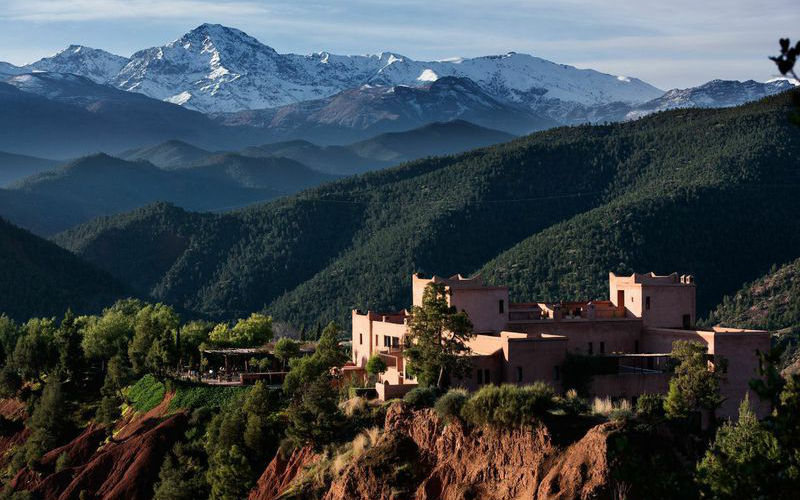
Morocco Trekking Guide
Our Favourite Hikes in Morocco
- Jebel Toubkal Trek - For Berber Villages
- Jebel Sahro Trek - To Experience The Berber Culture
- Jebel Siroua - For An Old Stratovolcano
- Rif Mountains - For The Blue City Of Chefchaouen
- Ifrane National Park - For Barbary Macaque And Cedar Trees
- M’Goun Massif - For Wild Flowers, Valleys And Rivers
- Paradise Valley - For Argan Trees, Rock Pools And Waterfalls
- Sahara Desert Camel Ride (Naturally!)
- Essaouira - For Colorful Boats, Souks And Luxury Resorts
If missed any you think should be on this list, do let us know in the comments section!
Let's dive right in and help you find the best Morocco adventure.
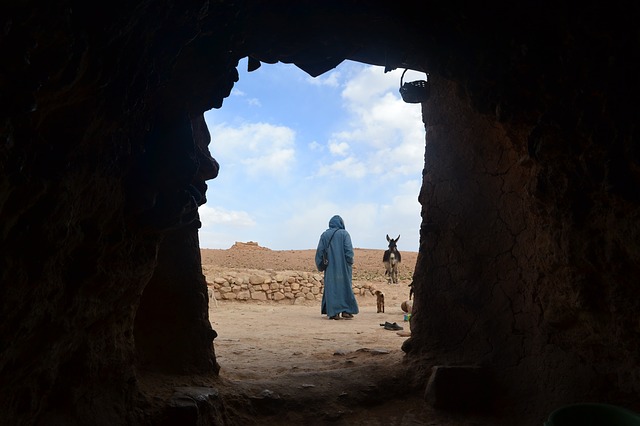
1. Jebel Toubkal Trek - For Berber Villages
The highest peak in North Africa is Mount Toubkal. The Jebel Toubkal hike is naturally popular for its remote Berber villages and scenic views.
In March, April and May Toubkal is a trek for anyone who is reasonably fit.
From November to February, Toubkal becomes a snow-filled technical climb.
Trekking to Toubkal’s peak at 4,167m will increase your chances of altitude sickness. This is easily prevented through an acclimation hike. There is a convenient acclimation hike on your way to Toubkal from Imlil to the refuges.
Expect your trek to Toubkal to be filled with villages of eye-catching clay huts, green lush valleys, natural waterfalls, and high altitude peaks.
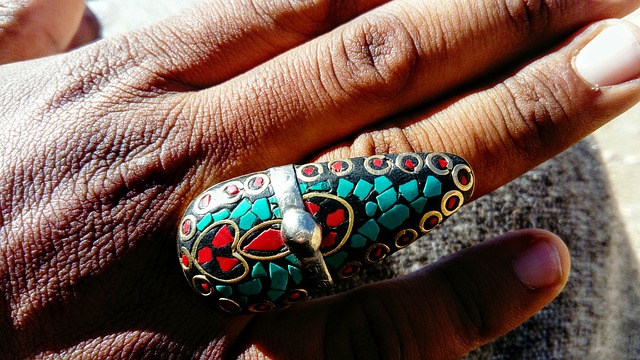
2. Jebel Sahro Trek - To Experience The Berber Culture
Jebel Sahro is another rewarding trail located in the Anti-Atlas. You may begin your hike from several locations including Taghssa, Boumaine du Dades, and Kella M’Gouna.
Jebel Sahro can either be a long trek or shorter day walk. When on a longer journey, there are numerous villages along the way. Staying in a villager’s home aka a Gite is the best way to experience the Berber culture. The paths are flatter on this trek, unlike the steep slopes of Toubkal.
It is best to trek Jebel Sahro in winter as Morocco’s summers can reach upwards of 40°C or 100°F. Hiking in winter will prevent you from running into any unwelcome friends like snakes and scorpions.
Stop by a cave on your way, there are incredible paintings on the inside. Overall, Jebel Sahro is a flatter and quieter trek away from tourists.
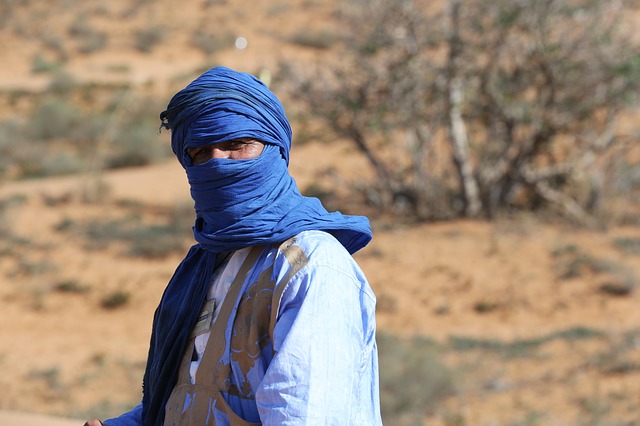
3. Jebel Siroua - For an Old Stratovolcano
Once a volcano, you will find the peak of Jebel Siroua, 3,305m above sea level in the Anti-Atlas. On top, you will find stunning views of villages and gorges.
It is best to trek Siroua in the spring, as winters are frigid. This trek can be a day trip or extended for a longer journey.
There are areas in this hike that can be tricky, but it is overall moderately difficult. Stop by the city of Taliouine for some refreshing mint tea and tajine.
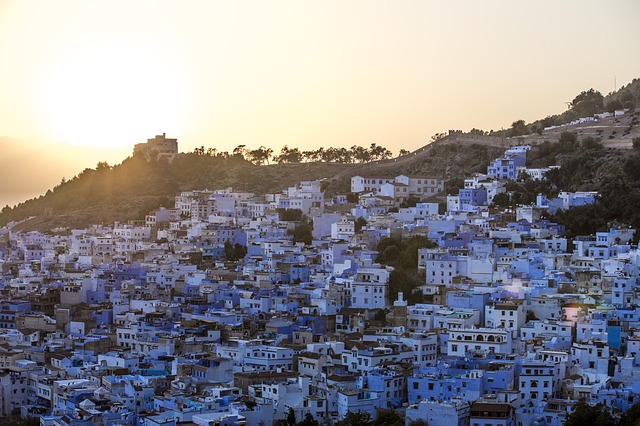
4. Rif Mountains - For The Blue City Of Chefchaouen
Move away from the Atlas Mountains and explore the Northern region of Morocco. The Rif Mountains offer an abundance of hiking and day trips.
You could trek the range for several days or visit various cities. A relatively easy hike is from the famous Blue City of Chefchaouen to the Ras El-Mass River.
This is a scenic hike without being too tiring. A more difficult route is from Jebel al-Kalaa to Talassemtane National Park.
When you are in need of a change in landscape, go from the dry plains of the Atlas to the green and flourishing forests in the Riff Mountains.
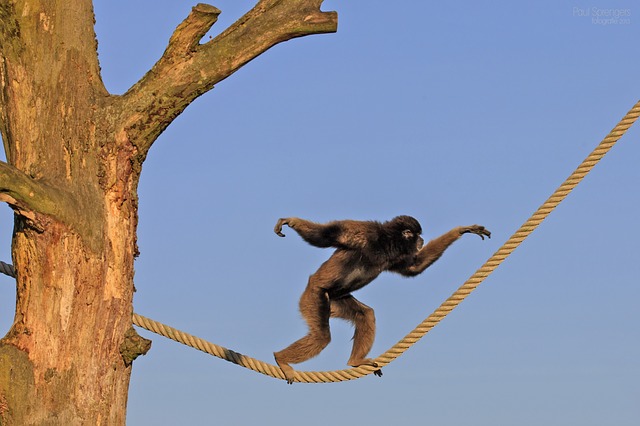
5. Ifrane National Park - For Barbary Macaque And Cedar Trees
Located in the middle Atlas range, Ifrane National Park is home to the villages of Ifrane, Azrous, and many Berber communities.
It is most commonly known for its cedar trees and an endangered species of primate called the Barbary macaque. It is also home to over 30 types of mammals and 200 species of birds.
Ifrane National Park is the place to go to experience Morocco’s wildlife.
Ifrane is open year-round to visit its animals or to hike various trails through the forests, mountains, and rivers. This also makes Ifrane a wonderful destination for picnicking and fishing.
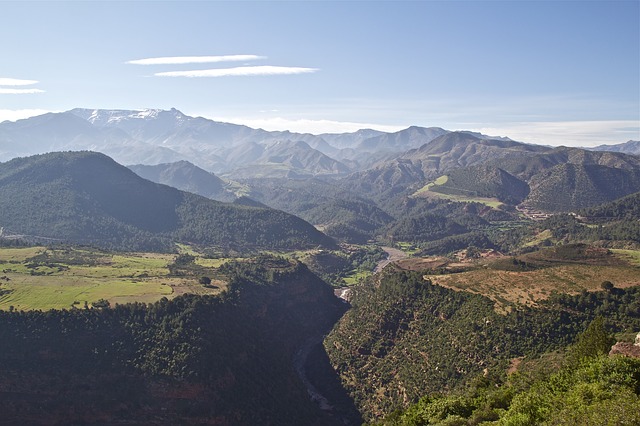
6. M’Goun Massif - For Wild Flowers, Valleys And Rivers
This is a slightly easier alternative to Toubkal and Sahro. Located in the central High Atlas, you are able to experience the beautiful valleys of M’Goun Massif. Filled with wild flowers, valleys, and rivers.
It takes 4-5 days to trek through this area. If you wish to summit Mgoun, you should expect your trek to take longer. Like Toubkal, you must be a fit trekker to tackle this remote area of Morocco.
It is best to visit from June until October for a drier climate with little to no snow. M’goun is about 5-6 hours from Marrakesh.
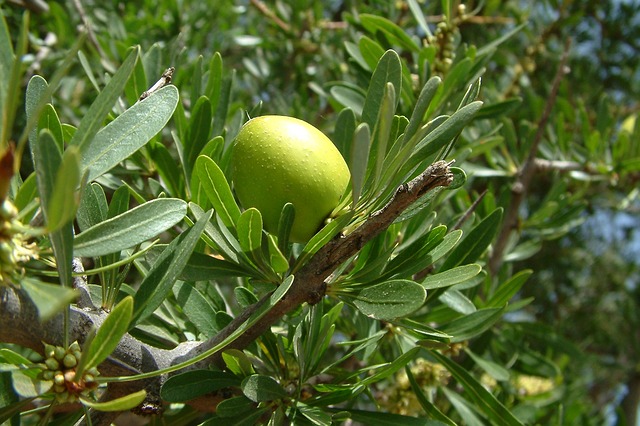
7. Paradise Valley - For Argan Trees, Rock Pools and Waterfalls
It’s all in the name, a beautiful valley filled with Argan trees, rock pools, and waterfalls.
Paradise Valley is located in the High Atlas. A reasonable day hike from Agadir and you feel as though you have reached an oasis.
Not many tourists get to experience this magical place of Morocco. You are able to hike to the valley from the village of Immouzer, which is about 62km away from Agadir, which is best to do in two days.
After your hike, jump into a crystal blue pool underneath a waterfall.
Paradise Valley will have you feeling relaxed from the hustle and bustle of your travels.
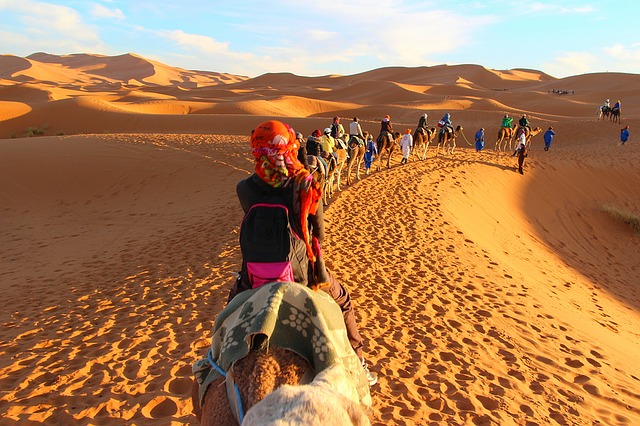
8. Sahara Desert Camel Ride (Naturally!)
This is a once in a lifetime experience that everyone should have. When you need a break from trekking in the Atlas, take a camel through the Sahara.
Visit the magnificent golden dunes of Erg Chebbi or Reg Chigaga, with dunes as tall as 50m. Getting to the Sahara from Marrakesh is a long journey. If you are already in the Atlas, this shortens your trip significantly.
This makes for an excellent addition to your time in the Atlas. Camel hiking can get uncomfortable, especially for longer expeditions. You can either book a day trip or weeklong journey.
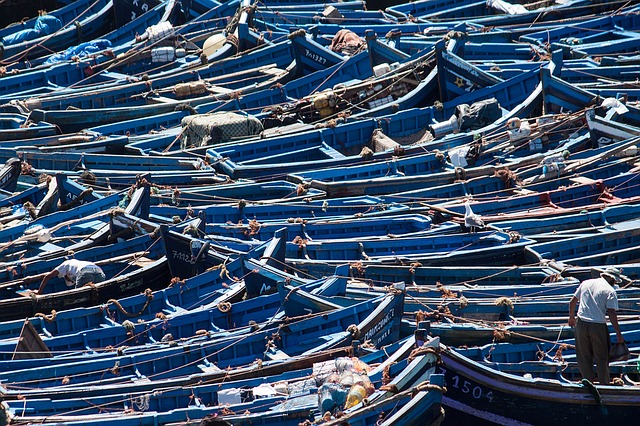
9. Essaouira - For Colorful Boats, Souks And Luxury Resorts
Essaouira, or “little picture” in Arabic is a beautiful town on Morocco’s Atlantic Coast. It is filled with colorful boats, souks, and luxury resorts. It is best to visit in the Spring and Summer.
There are many short treks like Sidi M’Barek, Oued Ksob, and Ain el Hajar Oasis surrounding the town. As well guided walks through the streets of Essaouira. Essaouira hosts the Annual Gnaoua World Music Festival from June 29th-July 1st, a wonderful event for music lovers.
Essaouira is home to a UNESCO world heritage site, an old structure that is known to be a Portuguese fortress. This charming town also attracts surfers from around the world.
Continue browsing
See more information on Morocco. Or check out these other Moroccan hiking articles:
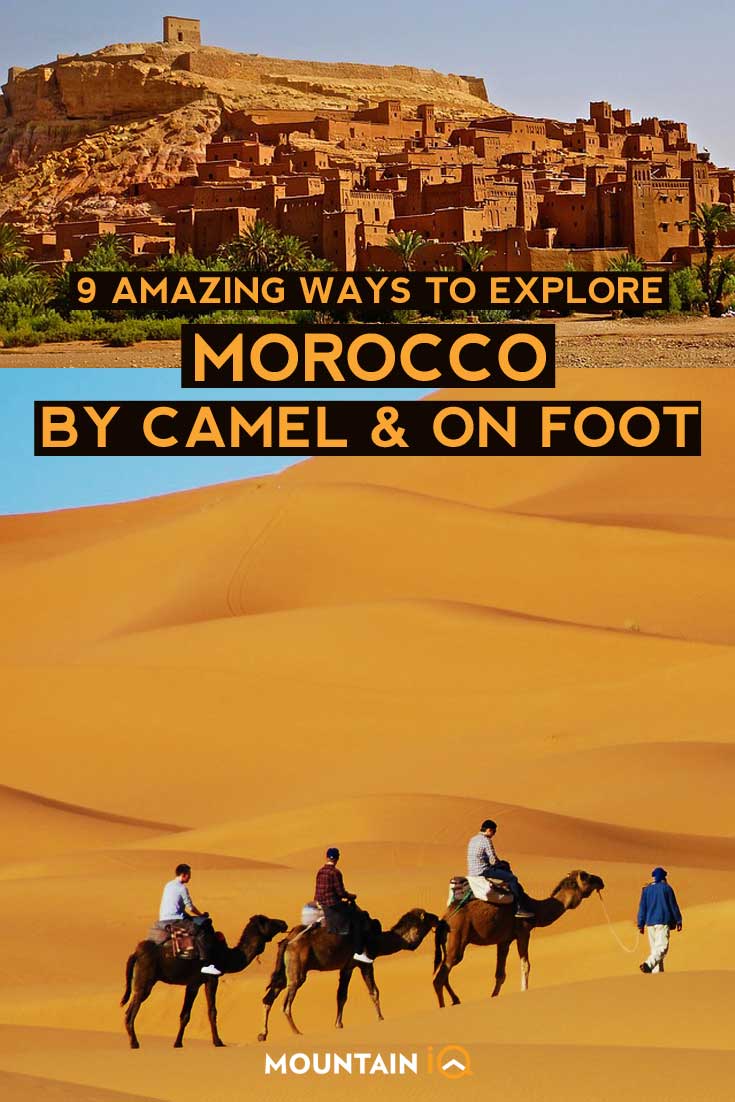

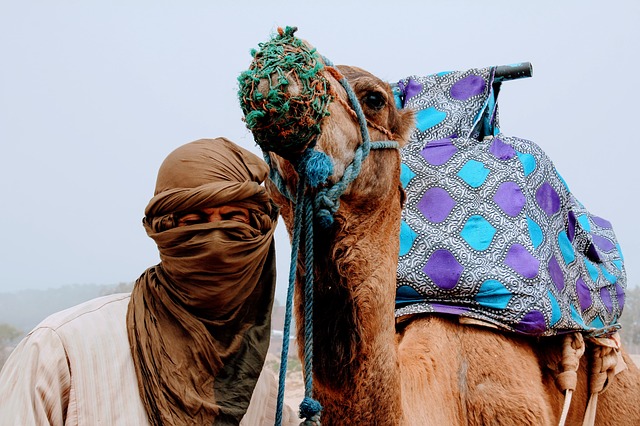
This is a great list. Chefchaouen, Merzouga, Fez, and Essaouira are all necessary. I love Fez just a little bit more than Marrakech though. I’d for myself add Moulay Idriss into the list too. Such an underrated place!
Climbing Toubkal 2 days. In begin of April we did the private Toubkal 2 days trek. First we met the organizer Hamid at our Riad in Marrakech. He explained what we could expect about the trek. Then on the first day of the climb we met our guide Brahim in Imlil, and he guided us to the refuge up in the mountains. In the refuge we had dinner, the food was good! The next day we had to ascend to the top of Toubkal and descend on the same day. Since we did not have much hiking experience, our guide helped us when needed; during the whole trek Brahim was always very attentive, helpful, and he made sure we got back to Imlil safely. Altogether, it was a great experience and everything was well organized!